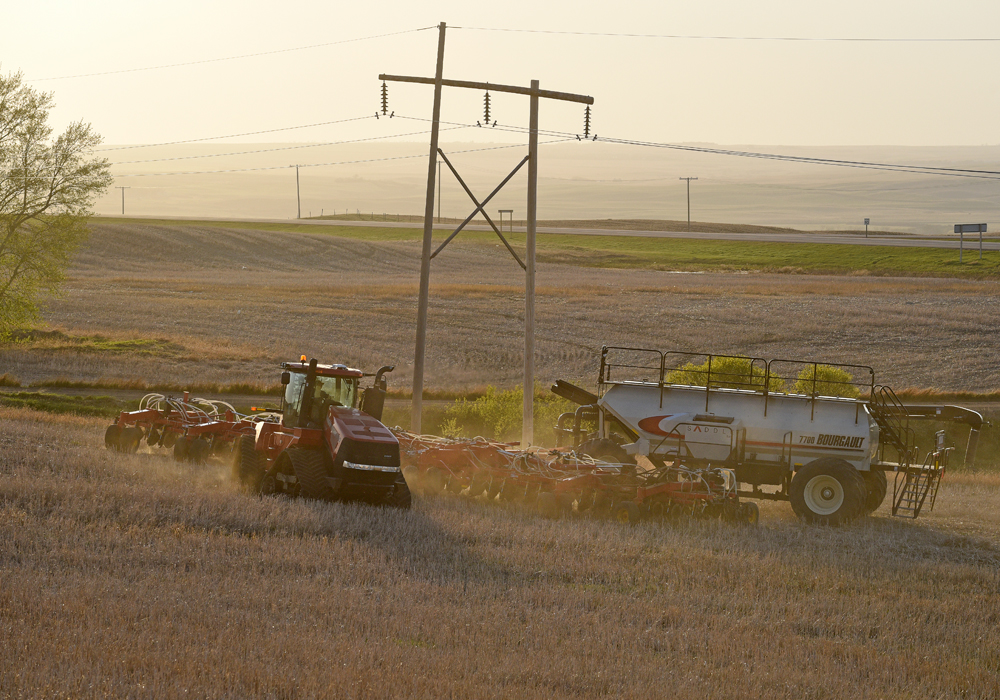Winnipeg – Saskatchewan farmers made some seeding progress over the past week, with 13 percent of intended acres in the ground as of May 6, according to the latest report from the provincial agriculture department.
The seeding progress was only slightly behind the five-year average of 14 percent done and ahead of the year-ago when 9 percent of the crop had been seeded by the first week of May.
However, recent cool weather delayed field operations across much of the province, according to the report.
Seeding was furthest advanced in the southeastern region, at 23 percent complete. Meanwhile, the northwest was only three percent done.
Read Also

Ag in Motion innovation awards showcase top 2025 ag technology
The 2025 Ag in Motion Innovation Awards celebrated winners across five categories: agronomics, agtech, business solutions, environmental sustainability and equipment.
On a crop-by-crop basis, nine percent of the spring wheat, 10 percent of the canola, 19 percent of the lentils and 22 percent of the field peas were seeded as of May 6.
Rainfall was reported during the week throughout the province, particularly in the northeastern and northwestern regions.
Field conditions across the province did not change much from the previous week.
Cropland topsoil was rated as one percent surplus, 60 percent adequate, 30 percent short and nine percent very short. Topsoil moisture on hay land and pasture was rated as one percent surplus, 53 percent adequate, 35 percent short and 11 percent very short.
Winter wheat assessment is continuing as fields green up and temperatures rise. Pasture and hay land growth has been slow, but was expected to improve, given the recent moisture and favourable weather in the forecast.

















